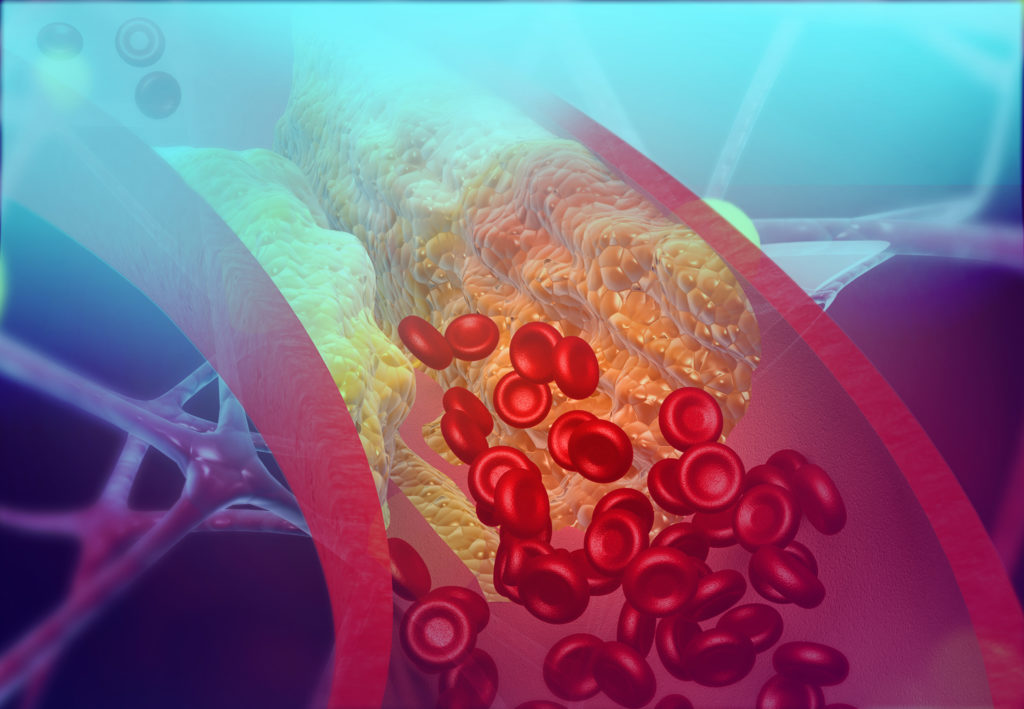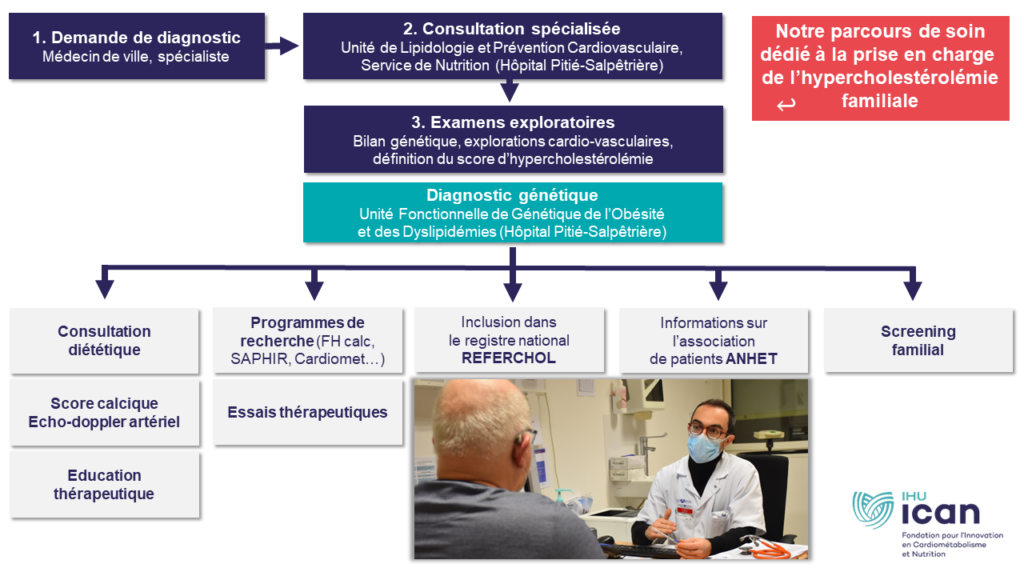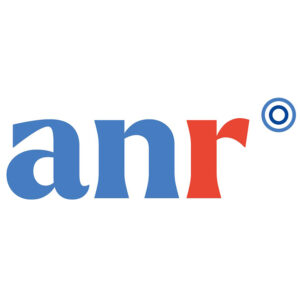Cholesterol is an essential molecule for the body and its metabolism. In the blood, it is transported by LDL (“bad cholesterol”) and HDL (“good cholesterol“).
Cholesterol levels are an important indicator in monitoring patients with cardiovascular disease (hypertension, coronary heart disease), diabetes or a familial form of hypercholesterolaemia.
Familial hypercholesterolaemia is an autosomal dominant dyslipidaemia. It is a hereditary disease. This means that one of the parents must have the same metabolic abnormality. It should be distinguished from so-called polygenic forms, which are generally less severe. The latter may, however, be associated with hypercholesterolaemia in the family.
The consequences of familial hypercholesterolaemia
Familial hypercholesterolaemia is expressed by a lipid dysfunction. Cholesterol cannot enter the cells due to the absence of LDL-cholesterol receptors on the surface. It accumulates in the blood, leading to an increase in LDL-cholesterol (bad cholesterol).
This accumulation of cholesterol contributes to the development of atherosclerosis (artery disease), which is responsible for thrombosis, strokes and heart attacks. Atherosclerotic plaques are caused by the accumulation of cholesterol in the arteries.
Untreated autosomal dominant familial forms are associated in one out of two men with a coronary event occurring before the age of 50. When treatment is successful, a coronary event before this age becomes the exception. The reason it is so serious is that it is the only form of hypercholesterolaemia that exists from birth, so the time of exposure to hypercholesterolaemia is much longer than for polygenic forms, which begin later in life. In terms of frequency, it affects around one child in 300. Statin treatment should be given from the age of 8-10.
Unfortunately, this form of hypercholesterolaemia is poorly diagnosed and therefore poorly treated, leading to progressive metabolic deterioration.
Familial hypercholesterolaemia: our care pathway
To support families affected by this anomaly who are undergoing a radical lifestyle change, the experts at the ICAN IHU have set up an innovative care pathway.
Patients are referred by their GP or can make an appointment directly with the IE3M’s Endocrinology, Metabolism and Cardiovascular Risk Prevention Department.
Which care pathway?
Assessing the level of hyperglycaemia
The first step is toassess the patient’s level of hyperglycaemia, so that we can then offer a personalised care pathway tailored to their level of risk of developing other metabolic diseases. This level of risk is assessed using a “familial hypercholesterolaemia” score.
The score takes into account family history, personal history, clinical signs and biological results. The score must be supplemented by a genetic test in order to establish the most accurate diagnosis possible and offer a tailor-made patient pathway.
Depending on the results of the genetic tests, it may be suggested that the family be tested for hypercholesterolaemia.


Dietary support
For patients with familial hypercholesterolaemia, it is essential to provide dietary support in order to correct their eating habits if necessary, and to support them in making these changes. They need to learn to recognise hidden fats and to favour the right food categories, without making the new diet too restrictive.
Therapeutic education consultations play a major role in supporting patients. It helps to make patients aware of the risks of their disease, so as to prevent the development of other pathologies such as cardiovascular disease.
Calcium score calculation
For patients with familial hypercholesterolaemia, it is essential to provide dietary support in order to correct their eating habits if necessary, and to support them in making these changes. They need to learn to recognise hidden fats and to favour the right food categories, without making the new diet too restrictive.
Therapeutic education consultations play a major role in supporting patients. It enables patients to be made aware of the risks of their disease, so as to prevent the development of other pathologies such as cardiovascular disease.

Research at the service of patients
New treatments can only be developed through innovative research.
Thanks to the establishment of this coordinated care pathway, the team in the Endocrinology, Metabolism and Prevention of Cardiovascular Diseases Department at the Pitié-Salpêtrière Hospital is actively involved in the national hypercholesterolaemia register, which enables innovative research to be carried out, particularly into the determinants of treatment in children.
The department is also involved in evaluating all new therapies for heterozygous and homozygous familial hypercholesterolaemia.








